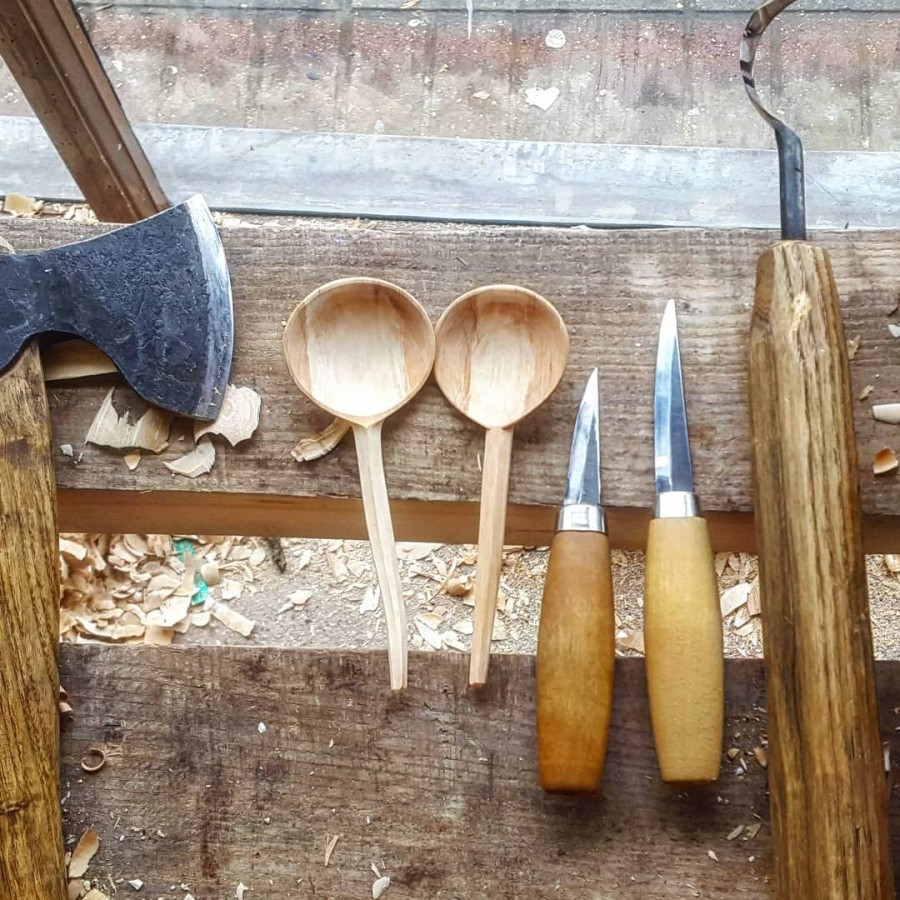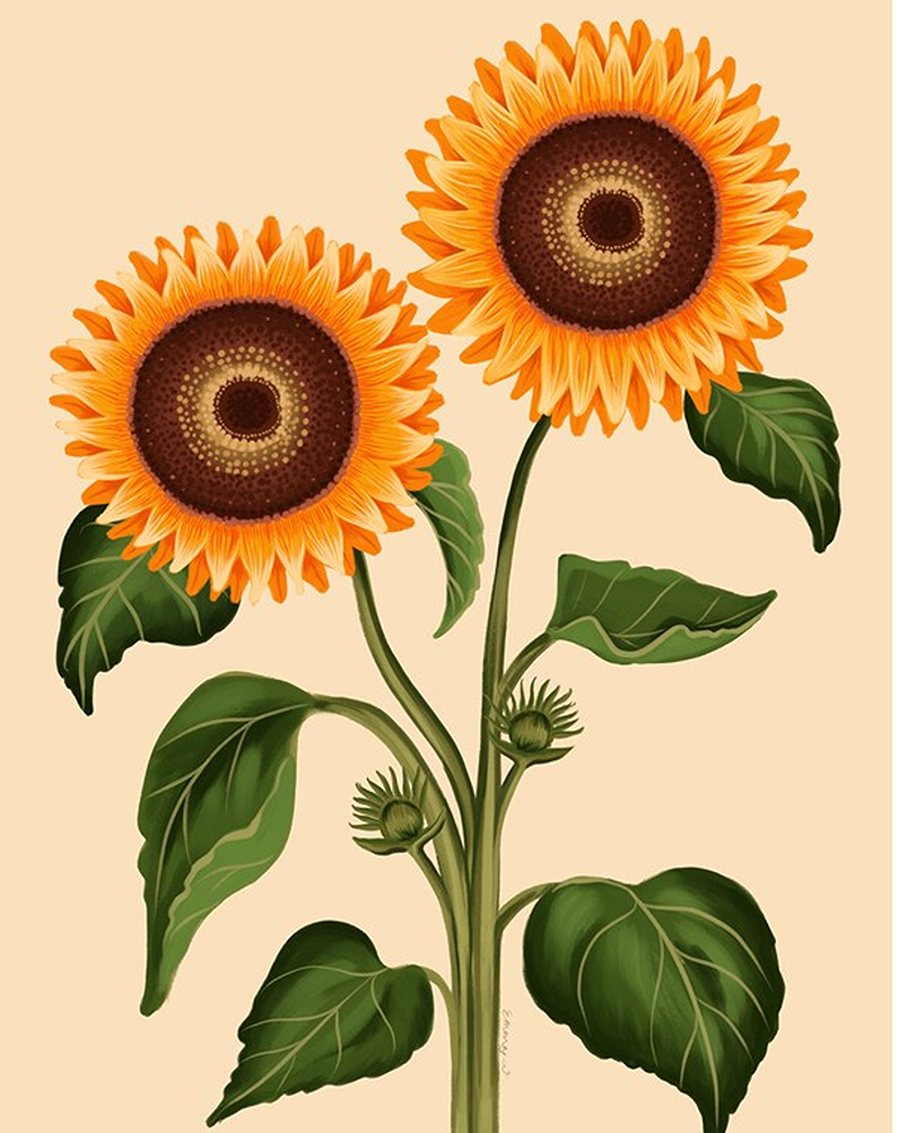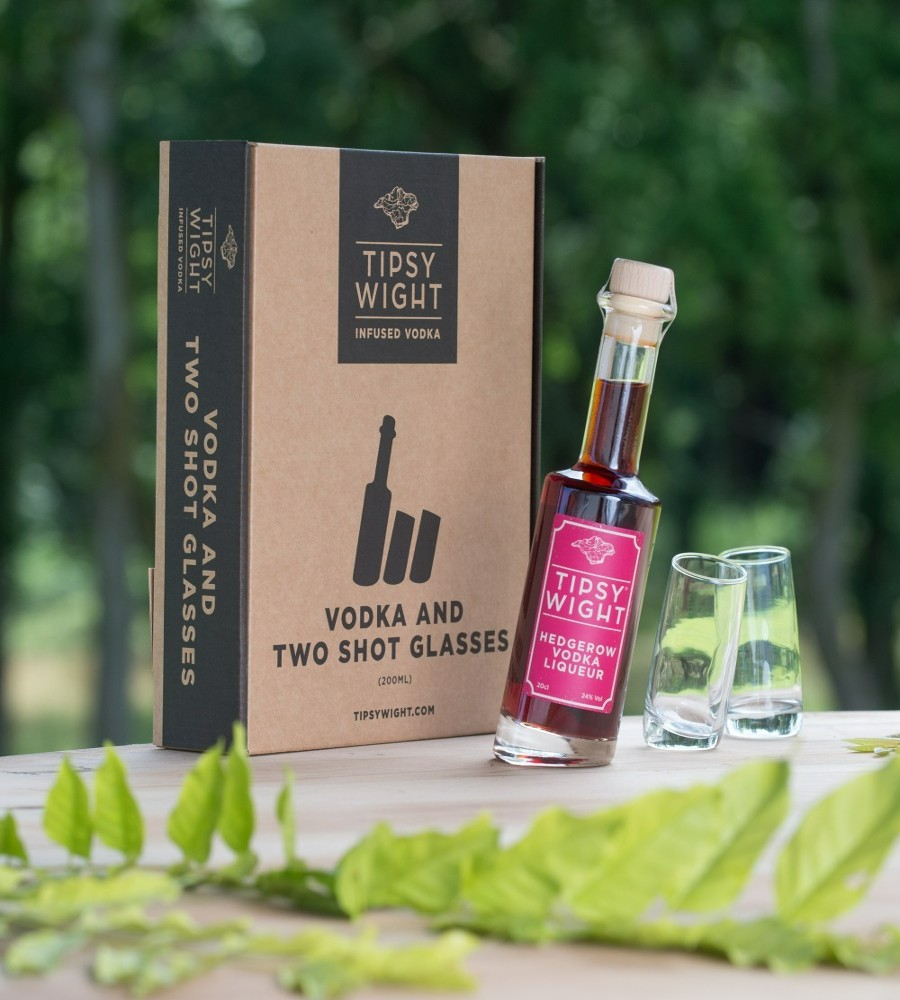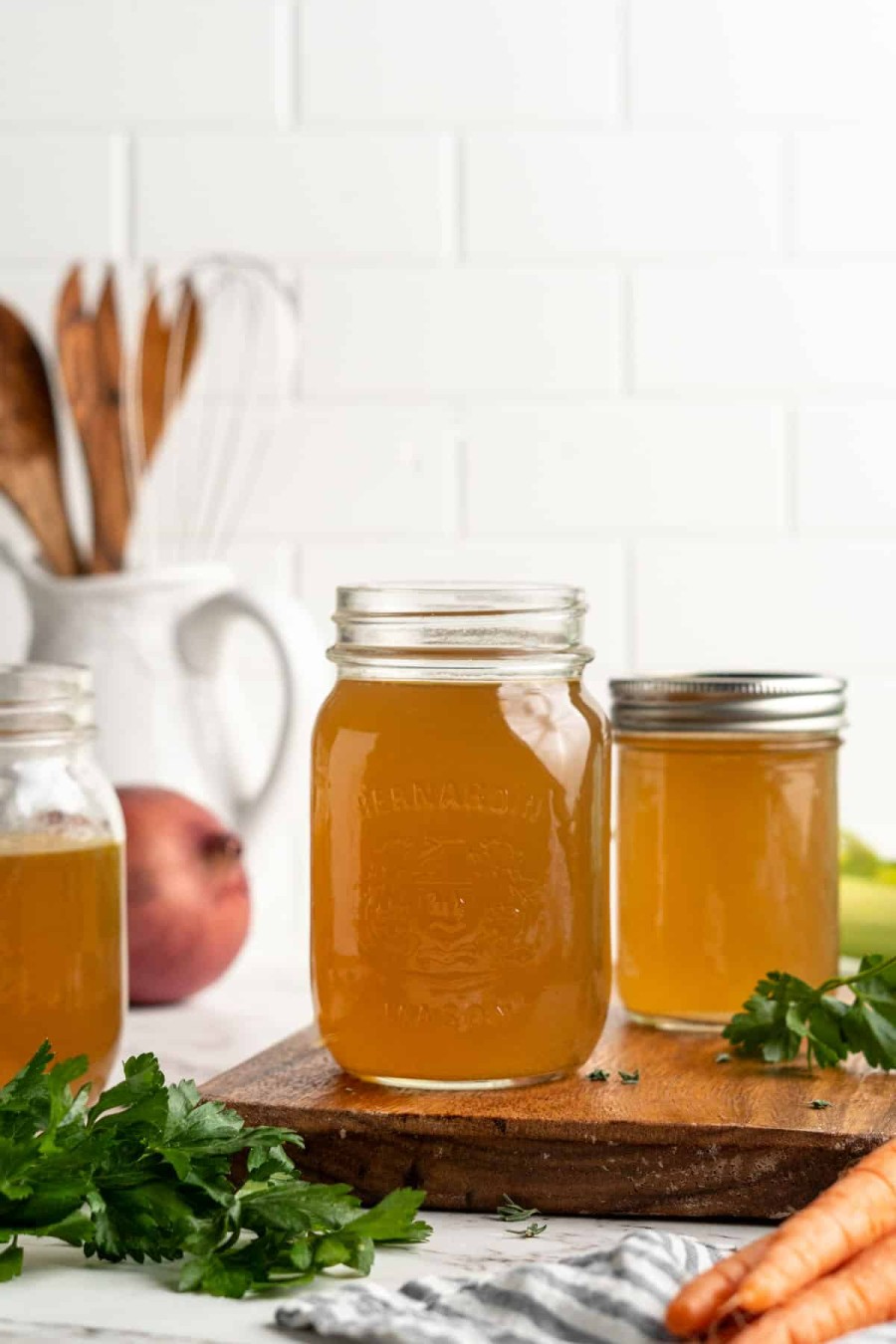
When ecological writer Satish Kumar was once asked who the happiest people were that he has ever met, he replid ‘ Craftspeople – people who work with their hands’. That could be gardeners, artists or crafters. Carpentry with lots of tools in the garage or workshop may be tremendous fun.
But green woodworking is different. This is like comparing machine-sewing to hand-sewing. Everything is quiet, as you carve living wood into tools and spoons and items of art, a kind of carpentry meditation! And if the wood is naturally fallen or reclaimed, so much the better.
where to source your green wood
Green wood is freshly-felled, so you can find it freshly fallen, to avoid chopping down trees. You may even find fresh wood at your local community wood recycler. Most green woodworkers source their freshly-felled wood from local people who practice the ancient woodland management technique of coppicing. This is different to ‘chopping trees down to make paper’. It’s an expert way of creating habitats for plants and wildlife.
Dating back to the Stone Age, coppicing creates areas for new shoots to grow, by carefully felling the base of hazel, lime, ash and sweet chestnut trees. Once grown again, the fresh foliage provide food and homes to wildlife (especially endangered hazelnut-loving dormice who can find food, shelter and a way to travel around, without having to be vulnerable to predators on the forest floor).
Flowers (like bluebells) also thrive. They may have not had much light, but coppicing ‘turns the lights on’ and they then shoot up! This in turn provides food for bees, butterflies, insects and more. It’s like mimicking nature, where old trees eventually fall due to age or heavy storms, and the natural process of decay and rebirth begins again. In Hatfield Forest (Essex), coppicing has resulted in local people hearing nightingales singing – for the first time in 50 years!
books to help you learn green woodworking
Wood Craft is the definitive guide to the art of green woodworking. ‘Barn the Spoon’ has been carving spoons and other items for over 30 years, switching from studying biology to study and carve fresh green wood. No need for costly materials – all you need is a hand knife, a log and an axe!
You’ll find 25 projects with photos and diagrams, plus a chapter on understanding how to read different pieces of wood. By the end of the book, you’ll know how to make coat hooks to goblets to coffee pgs and candle holders. There are also instructions to make a wooden stool (the latticed top made from reclaimed inner bicycle tubes). William has also written two other books:
Spon: A Guide to Spoon Carving is by England’s top knowledgable carver of spoons, and he even runs a spoon carving shop in London. Whether you use these spoons to stir your cuppa or scrape the last bit of pudding from the bowl, go on a journey into the new wood culture and learn how to whittle your own spoons, using a knife and axe. The book features 16 unique designs in 4 categories of spoon (eating, serving, cooking and measuring) plus you’ll learn how to create octagonal handles, manipulate grain patterns and master bent branches!
Whittling is another book of 20 projects from decorative woodprints and animals, to everyday goods like a light pull, letter opener, chopsticks, pickle fork, toaster tongs, plant label, hair comb, crochet hook, tent peg, whistle and spoon rack (to hold the spoons you made in the earlier book!)
Green Woodworking Pattern Book offers hundreds of projects to work with unseasoned wood by an expert in green woodworking. The 300 patterns include wattle gates, lemon juicers, whistles, door wedges, chairs, benches, baskets and stools. Use freshly-felled timber to turn and carve into these beautiful items.
His other book Traditional Woodland Crafts shows you how to use coppiced wood to make a besom broom, humble tent pegs and sturdy gate hurdles. He also gives an in-depth exploration on riving (splitting wooden poles by hand).
what was your favourite Grand Designs episode?
Likely, it was the same one as everyone else. Voted the best episode ever, Ben Law is a green woodworker who built his own house in the woods in Sussex over 20 years ago. And whenever anyone talks to Kevin McCloud about the program, they always ask him ‘what happened to that man who built his house in the woods?’
Well, he’s thriving! Now happily married still living in the same house with his wife, two children and dog, he runs several courses and also has written many books:
Woodland Craft features easy to make projects for your home, garden, building or farm. Green wood still contains moisture so is very different to work with than a plank of 4 x 4 from the DIY store. Learn how to choose the best wood and tools, then find 700 photos and illustrations to make your own projects. Ben’s other book Woodland Workshop looks at how to create your own green woodworking workshop and make your own tools including a:
- Peeling jig
- Sussex knee vice
- Triangulated cleaving brake
- Shake brake
- Pole lathe
- Woodsman’s grip






